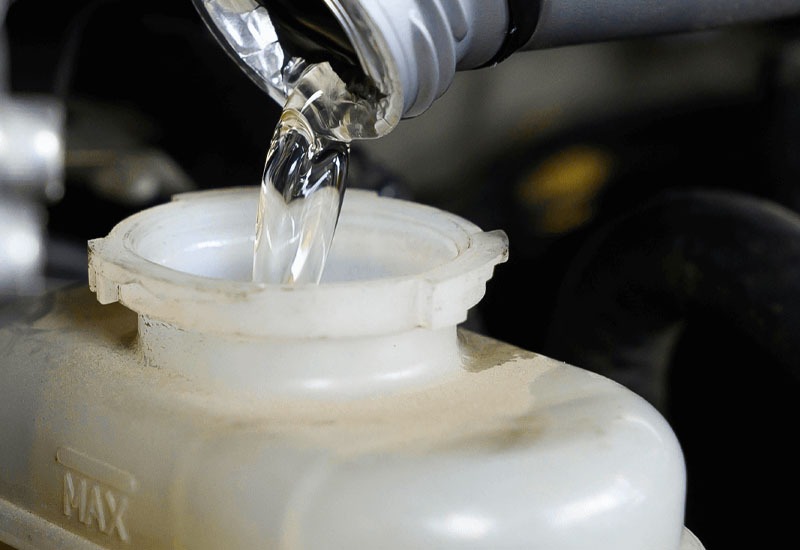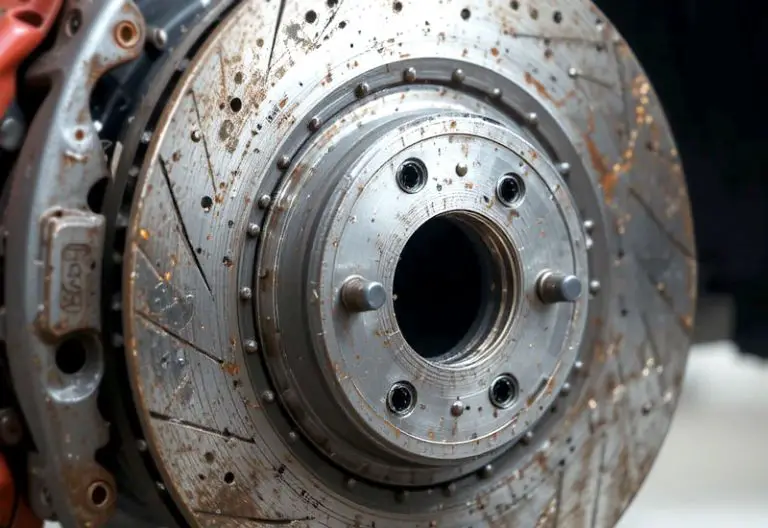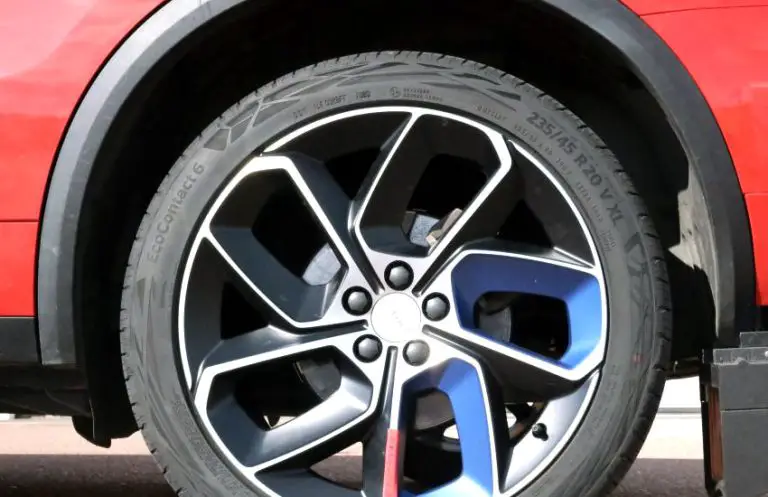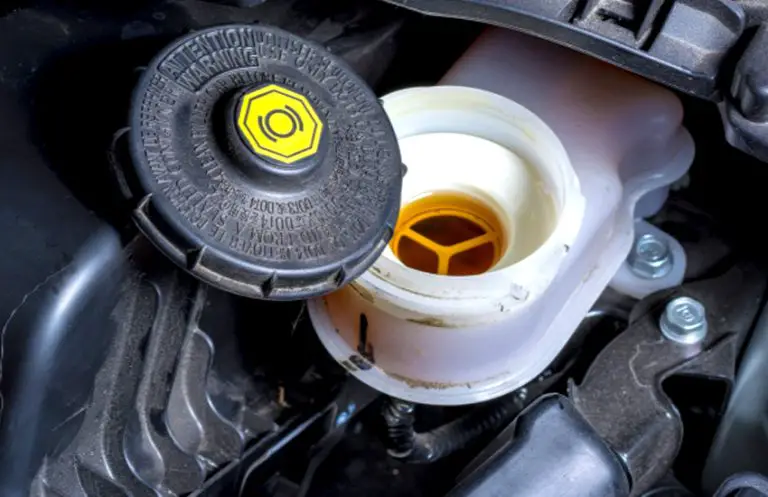Have you ever found yourself in a situation where brake fluid has spilled onto your shoes? Whether it was from a car maintenance task gone wrong or simply a mishap while filling the brake fluid, you’re probably wondering if there’s a way to salvage those shoes. The harsh truth is that brake fluid is known for its ability to break down and damage materials, especially fabrics and leathers, leaving many people thinking their shoes are permanently ruined. But don’t worry! In this post, we’ll explore whether brake fluid-soaked shoes can be cleaned and the best ways to go about it.
Brake fluid, while essential for a vehicle’s braking system, is not the most friendly substance when it comes to clothing or shoes. It is chemically composed of highly active compounds that can penetrate shoe materials, causing discoloration, texture changes, and potential damage. So, is there hope for those shoes you thought were gone for good? Absolutely. But it depends on the type of shoes, how much brake fluid has soaked into them, and how quickly you act. Let’s dive deeper into the process of cleaning brake fluid from your shoes and see what works best.

Understanding Brake Fluid and Its Impact on Shoes
Before diving into how to clean brake fluid-soaked shoes, it’s important to understand what brake fluid is and why it’s so damaging to fabrics and leather. Brake fluid is a highly corrosive substance that’s essential for the proper functioning of a vehicle’s braking system. It works by transmitting pressure from the brake pedal to the brakes themselves, allowing a car to slow down or stop. The fluid typically contains a mixture of chemicals, including glycol ethers or silicone, and has a high viscosity, which means it can seep deep into various materials.
When brake fluid comes into contact with shoes, it does more than just stain the surface. The chemicals in brake fluid can break down materials like rubber, leather, synthetic fabrics, and adhesives. The impact depends on the shoe’s material and the amount of brake fluid that’s spilled.
- Leather Shoes: Leather is a durable and flexible material, but brake fluid can cause it to lose its natural oils, making it dry and cracked. It may also cause the leather to fade or discolor over time.
- Fabric Shoes: Fabric shoes, such as those made from canvas or cotton, are especially vulnerable to brake fluid. The fluid can seep deep into the fibers, causing stains and weakening the structure of the fabric. The longer the fluid sits, the more likely it is to leave irreversible damage.
- Rubber and Synthetic Materials: While rubber and synthetic materials can be resistant to brake fluid in some cases, they aren’t immune. Brake fluid can degrade rubber, causing it to soften, crack, or warp.
The sooner you can act after a spill, the higher your chances of saving your shoes. Brake fluid is more easily absorbed by shoes that are left untreated for too long, making cleaning efforts much more difficult.
How to Clean Brake Fluid from Different Types of Shoes
Leather Shoes
Leather shoes, though stylish and durable, require special care when cleaning, especially after contact with brake fluid. While it can be challenging to remove the fluid entirely, you can restore the leather’s condition to a certain extent with the right techniques. Let’s go step-by-step on how to clean brake fluid from leather shoes.
Materials Needed:
- Paper towels or a cloth
- Mild soap or leather cleaner
- Soft sponge or cloth
- Leather conditioner
- A small bowl of water
Steps:
- Act Quickly: As soon as brake fluid touches leather, it begins to penetrate the material, so prompt action is crucial. Blot up as much brake fluid as possible with paper towels or a clean cloth. Avoid rubbing, as this can push the fluid further into the leather.
- Clean the Surface: Once the majority of the fluid is blotted away, mix mild soap with warm water or use a specialized leather cleaner. Dampen a soft sponge or cloth with the mixture, and gently wipe the affected area. Focus on cleaning the entire area, even if only a small spot is affected, to ensure even treatment.
- Rinse and Dry: After cleaning, rinse the shoe with clean water, ensuring you don’t oversaturate the leather. Gently pat it dry with a towel, and allow it to air dry naturally. Avoid placing the shoes near a direct heat source, such as a radiator or hairdryer, as this can further damage the leather.
- Condition the Leather: Brake fluid strips natural oils from leather, which can cause the material to dry out and crack. To prevent this, apply a leather conditioner to the cleaned area. This will help replenish the lost moisture and maintain the leather’s flexibility and shine.
- Restore Color: If the brake fluid has caused discoloration, you can restore the color by using a leather dye or polish that matches the original color of the shoe. Apply the dye with a soft cloth in gentle circular motions, and let it dry before wearing.
By following these steps, you can give your leather shoes the best chance of recovery. However, if the brake fluid damage is severe, you may want to consult a professional shoe repair specialist to ensure proper restoration.
Fabric Shoes
Fabric shoes, including those made from canvas, cotton, or denim, can be more challenging to clean after a brake fluid spill. Since brake fluid seeps deep into the fibers of the material, it may cause stains that are hard to remove. However, with a bit of patience and the right technique, you can restore fabric shoes to a reasonable state.
Materials Needed:
- Paper towels or cloth
- Mild detergent or dish soap
- Baking soda
- Water
- Toothbrush or soft brush
- A basin or bucket
Steps:
- Blot the Fluid: As with leather shoes, your first step should be to blot up as much brake fluid as possible. Use a clean cloth or paper towel to gently press into the stain without rubbing. The goal is to absorb the liquid without pushing it deeper into the fabric.
- Soak the Shoes: If the brake fluid has soaked in, fill a basin with lukewarm water and add a small amount of mild detergent or dish soap. Place the shoes in the water and let them soak for about 30 minutes. This will help loosen the brake fluid from the fibers of the fabric.
- Scrub the Affected Area: After soaking, take a toothbrush or soft brush and gently scrub the stained area. Be careful not to scrub too harshly, as this can damage the fabric. The goal is to lift the brake fluid stain without causing further wear to the shoe.
- Apply Baking Soda: If the stain persists, sprinkle baking soda directly onto the affected area. Baking soda is an excellent natural cleaning agent and can help lift stains. Let the baking soda sit for about 15 minutes before gently brushing it off.
- Rinse and Dry: Once you’re satisfied with the cleaning, rinse the shoes thoroughly with water to remove any soap or cleaning residue. Gently blot the shoes with a clean cloth and allow them to air dry completely. Avoid placing them in direct sunlight or using high heat to dry them, as this can cause the fabric to shrink or fade.
While fabric shoes can be more susceptible to permanent stains and damage from brake fluid, following these steps can help reduce the visual impact. If the damage is extensive, you might want to consider visiting a professional cleaner to avoid further harm.
Rubber and Synthetic Shoes
Rubber and synthetic shoes, such as sneakers or work boots, may be a bit more resistant to brake fluid, but they are not invincible. Brake fluid can cause rubber to degrade over time, so it’s important to clean the shoes as quickly as possible. Let’s take a look at how to clean rubber or synthetic shoes after a brake fluid spill.
Materials Needed:
- Paper towels or cloth
- Mild soap or dish detergent
- Water
- Scrubbing brush
- Clean towel
Steps:
- Blot the Fluid: Just like with leather or fabric shoes, blot the brake fluid immediately with paper towels or a cloth. Rubber and synthetic materials are less absorbent, so you should be able to prevent most of the fluid from soaking in if you act quickly.
- Clean with Soap and Water: Create a soapy solution by mixing mild soap or dish detergent with warm water. Dampen a soft cloth or sponge and gently wipe the affected area, working in a circular motion to lift any residue from the surface.
- Scrub with a Brush: If the stain remains, use a scrubbing brush to work on the area more thoroughly. Be gentle to avoid damaging the rubber surface. A brush can help remove any dried fluid that’s embedded in small grooves.
- Rinse and Dry: After cleaning, rinse the shoes with clean water to remove soap residue. Pat them dry with a clean towel and allow them to air dry naturally.
Rubber and synthetic shoes are usually more durable than fabric shoes, and cleaning them can often restore them to their original state. However, if the brake fluid has caused significant damage, the rubber may begin to crack or lose its shape, making the shoes less wearable in the long term.
I hope this article has helped you understand how brake fluid can affect different types of shoes and the steps you can take to clean and restore them. While brake fluid can be harmful to your shoes, prompt action and the right cleaning techniques can give your shoes a fighting chance. Whether you’re dealing with leather, fabric, or rubber shoes, following the right steps can save your shoes from permanent damage. If all else fails, don’t hesitate to seek professional help to restore your shoes to their former glory.
Are These Questions in Your Mind?
Is it possible to clean brake fluid from leather shoes without damaging them?
Yes, it is possible to clean brake fluid from leather shoes if you act quickly and follow the proper cleaning steps. Use a mild soap solution, blot the fluid, and apply leather conditioner to restore the material’s moisture.
Can brake fluid be removed from fabric shoes?
Removing brake fluid from fabric shoes can be tricky, but soaking the shoes in soapy water, scrubbing the area, and using baking soda can help lift stains. However, some fabric damage may be permanent.
Do I need to use a special cleaner for brake fluid stains?
While you can use a mild soap or leather cleaner to treat the stains, there are specialized automotive cleaners designed for brake fluid that may be more effective in removing stubborn stains.
Is it safe to put brake fluid-stained shoes in the washing machine?
It’s not recommended to put brake fluid-stained shoes in the washing machine. The brake fluid may cause further damage to the fabric, and the heat of the dryer can ruin the shoe’s structure.
Can brake fluid stain shoes permanently?
Brake fluid can stain shoes, especially if left untreated for a long period. The stain may be permanent depending on the material and the extent of the damage.
Is it safe to use rubbing alcohol to clean brake fluid from shoes?
Rubbing alcohol can help clean brake fluid from shoes, especially on leather and synthetic materials. However, be careful not to use excessive amounts as it may dry out or damage the material.
Can I use a blow dryer to dry my brake fluid-stained shoes?
It’s not a good idea to use a blow dryer on brake fluid-stained shoes, especially leather. Direct heat can cause the leather to dry out, crack, or lose its shape. Allow shoes to air dry instead.
Do I need to condition my shoes after cleaning brake fluid?
Yes, conditioning your shoes, particularly leather, after cleaning brake fluid is essential to restore moisture and prevent cracking or drying out of the material.
Can brake fluid damage rubber shoes?
Yes, brake fluid can damage rubber shoes by breaking down the material over time. The rubber may soften, crack, or lose its elasticity, making the shoes less durable.
Is it better to replace shoes damaged by brake fluid?
In some severe cases, it may be better to replace shoes damaged by brake fluid if cleaning efforts don’t yield satisfactory results. If the damage is beyond repair, investing in new shoes might be the best solution.


